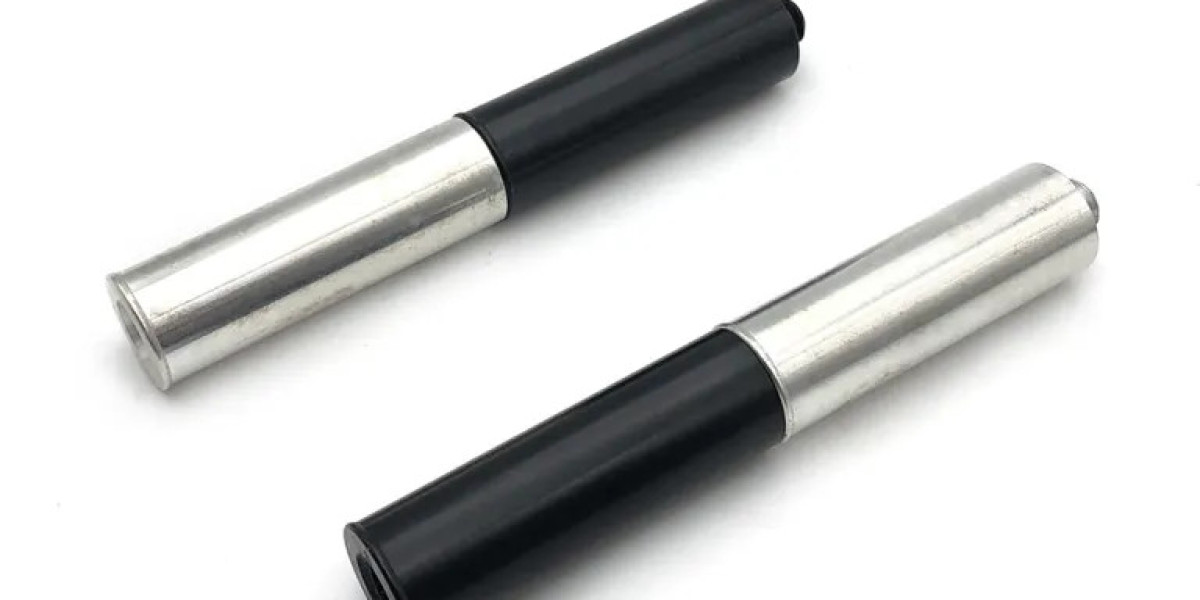Standoffs are a crucial component in electronic component mounting, providing a gap between components to prevent electrical shorts and mechanical damage. With the increasing complexity of electronic devices, the demand for standoffs has grown, and manufacturers have developed various types of standoffs to meet the diverse needs of different applications. In this article, we will provide a comprehensive overview of the different types of standoffs, their styles, and designs.
Metal Standoffs
Metal standoffs are one of the most common types of standoff suppliers used in electronic component mounting. They are made from various metals such as aluminum, brass, copper, and stainless steel. Metal standoffs are known for their high strength, durability, and resistance to corrosion. They are widely used in applications where high mechanical stress is expected, such as in aerospace and defense industries. Metal standoffs can be further divided into two subcategories: threaded metal standoffs and unthreaded metal standoffs.
Plastic Standoffs
Plastic standoffs are another popular type of standoff used in electronic component mounting. They are made from various plastics such as nylon, polycarbonate, and polypropylene. Plastic standoffs are known for their low cost, lightweight, and corrosion-resistant properties. They are widely used in applications where weight is a concern, such as in consumer electronics and medical devices. Plastic standoffs can be further divided into two subcategories: threaded plastic standoffs and unthreaded plastic standoffs.
Ceramic Standoffs
Ceramic standoffs are a specialized type of standoff used in high-temperature applications. They are made from ceramic materials such as alumina, zirconia, and silicon carbide. Ceramic standoffs are known for their high thermal resistance and electrical insulation properties. They are widely used in applications where high temperatures are expected, such as in automotive and industrial control systems.
Threaded Standoffs
Threaded standoffs are a type of standoff that has threads on both ends. They are designed to be screwed into place using a screwdriver or other tool. Threaded stand-offs provide a secure connection between components and can withstand high mechanical stress. They are widely used in applications where vibration or shock is expected.
Unthreaded Stand-offs
Unthreaded standoff's also known as spacers or shims) do not have threads on either end instead they rely on friction fit onto pins protruding through holes drilled within them thus holding items securely without need screws etc., These kinds offer great flexibility when working around tight spaces since there isn’t any extra material taking up valuable room like would happen if you were using threaded ones!
Specialty Stand-offs
There several specialty types available including but limited too: spring-loaded; which allow slight movement while maintaining constant pressure against whatever object they're supporting (great anti-vibration mounts). Another example would be magnetic ones these work well when dealing small parts that don't require much holding force yet still need some sort alignment mechanism built right into them!








